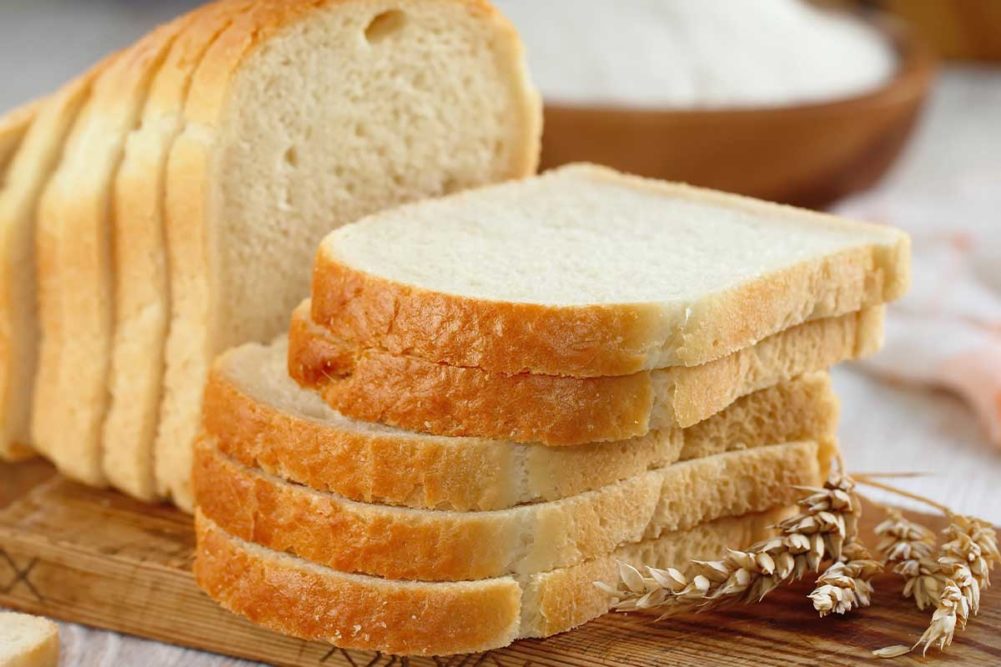From the moment bread exits the oven, it starts to degrade. In the beginning, it’s fresh and soft, but eventually, visible aging sets in. With baked goods, there are ingredients, processing and packaging steps to extend shelf life. Extending shelf life requires a lot of considerations and managing several moving parts. Every formulation is different. Further, distribution and merchandising environments — temperature, humidity, light exposure and more — must be considered. It’s all about aging gracefully.
“By finding the right combination, bakeries can extend shelf life by as much as 28-plus days,” said Sherrill Cropper, new product development lab manager, Lesaffre. “Ingredients are just one part of the equation. Maintaining proper cleanliness, sanitation and preventing moisture loss over time is crucial. Instead of a one-size-fits-all fix, extending shelf life needs a multi-faceted approach customized to specific products.”
Staling is often the first thing consumers think about when it comes to the shelf life of baked goods, said Troy Boutte, vice president of innovation and bakery ingredients, AB Mauri North America.
“But having a long stale-free shelf life is not useful unless we can control mold growth as well,” he said. “In some long shelf life products, oxidative rancidity can be problematic, too.”
There’s an array of ingredients that may be added to batters and doughs to assist with extending shelf life. While they are typically easy additions, formulas may require some modification.
“Bakers will use enzymes to break down starches, fibers to assist with moisture retention and emulsifiers to slow moisture migration,” said Nadeen Mayers, application development specialist, Foodology by Univar Solutions. “Emulsifiers, for example, work by creating stable emulsions in the batter or dough. Emulsifiers have both water-loving, aka hydrophilic, and water-hating, or hydrophobic, ends, which allow for the blending or emulsification of the base ingredients to prevent them from separating.”
Chemical emulsifiers, such as mono- and diglycerides, sodium stearoyl lactylate and diacetyl tartaric acid ester of mono- and diglycerides (DATEM), are the most common and most effective in yeast-raised products to help with initial softness. Some hydrocolloids, including gums, starches and pectin, have emulsifying capabilities.
“[Chemical emulsifiers] have been under scrutiny for years as consumers become more conscious about what they’re eating,” Cropper said. “Chemical emulsifiers have also been difficult to procure. Even adding them to mixers can introduce a production bottleneck since some come in large, waxy blocks, which are harder to incorporate.”
Hydrocolloids are often used in bakery formulas for moisture control, said David Guilfoyle, North America design manager, bakery, fats and oils, IFF Nourish division.
“In some baked goods, they provide unique textures,” he said. “It is advisable to use a blend of hydrocolloids as some hydrocolloids have supply issues, and the blends can mitigate the risk of meeting label declaration if one of the hydrocolloids in the blend is in a supply issue situation.”
Emulsifiers are almost always used with enzymes to extend shelf life. There are many varied enzymes, and each type has a specific function.
“Amylases — both fungal and bacterial sources — and maltogenic amylases are key players in delaying the staling process,” said Mark Zielonka, national research and development product specialist, BreadPartners. “They achieve this by modifying the starch within the bread [so the molecules do not retrograde].”
Starch retrogradation is a natural process that occurs after baking. It’s when the main two components of starch — amylose and amylopectin — undergo a recrystallization process at the molecular level. When recrystallization occurs, especially with the amylopectin chain, there is an effect on the crumb, resulting in surface textural changes that can make baked goods more rigid and drier.
“Amylases act on starches to keep them in a more gel-like state for longer, preserving softness and freshness,” Zielonka said.
Maltogenic amylase is a unique amylase that breaks down starch into maltose. Maltose, in turn, has some sweetening and taste-enhancing properties. Maltogenic amylase is a heat-stable enzyme, which means that even at high temperatures, it keeps working.
When choosing an amylase shelf life extender, bakers must be mindful of the specific application and desired outcomes. Some are better suited for short-term freshness, while others excel in mid-term or long-term shelf life extension.
“Some enzymatic solutions, for example, give superior tenderness and softness, which is ideal for delicate pastries, Danish and sweet doughs,” Zielonka said. “That same solution might impart gumminess, which would be totally unacceptable to bakers making sliced loaves.”
Bakers also need to be aware that more is not always better when it comes to enzyme usage. All amylases are not created equal.
“Using an extender designed for short-term softness, say up to seven days, won’t match the performance of one intended for longer periods like 14, 21 or 28 days, even if you double or triple the amount,” Zielonka said. “Overusing these extenders doesn’t boost performance; it can backfire, causing issues like excessive gumminess, weak crumb structure, poor gas retention, and difficulty slicing and packaging. The key is to use the right enzyme in the right amount for the specific shelf life you’re targeting.”
Maltogenic amylases can be added to formulas without fear of overdosing, which can happen with bacterial or fungal amylases, said Melanie Weber, senior research and technology technologist, Cain Food Industries.
“However, maltogenic amylases are typically more expensive than bacterial or fungal sources,” she said.
This article is an excerpt from the March 2024 issue of Baking & Snack. To read the entire feature on Extended Shelf Life, click here.





